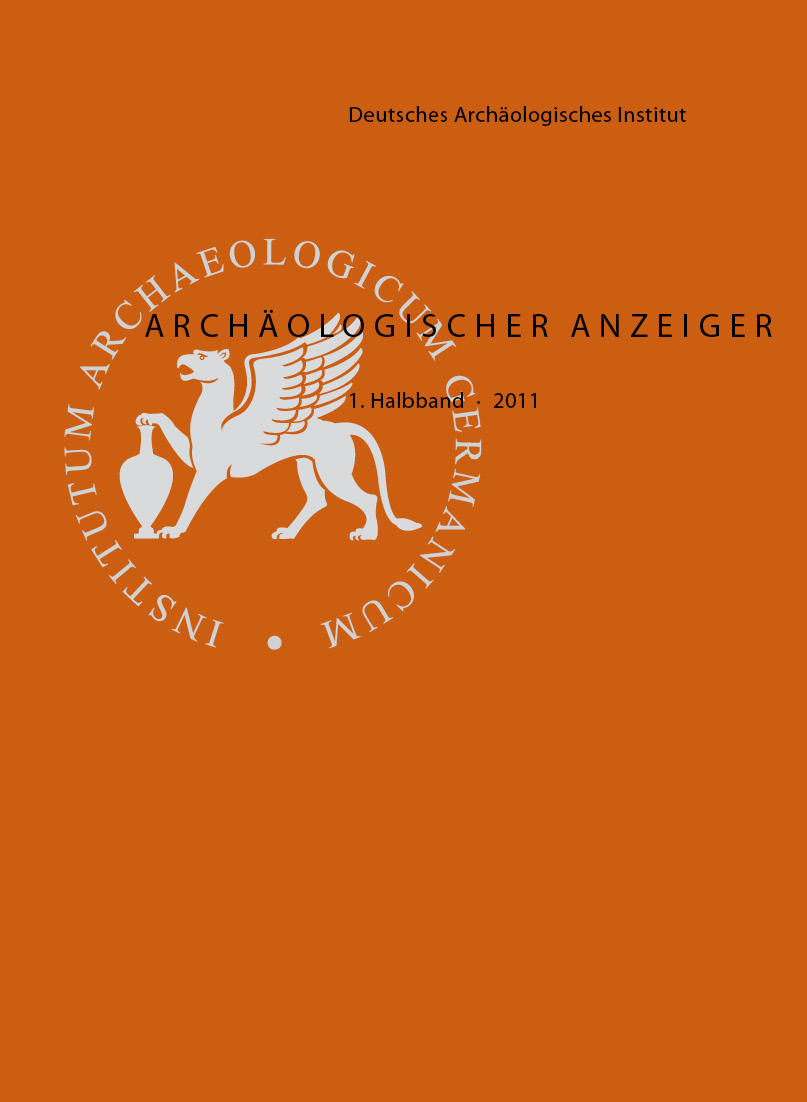New Archaeological Field Research at Tell Halaf, the Biblical Gozan
https://doi.org/10.34780/3acb-ab6e
Abstract
In 1899, Max Freiherr von Oppenheim discovered sculpted stone works from the early 1st millennium B.C. on Tell Halaf in northeastern Syria. Systematic excavations from 1911 to 1913 and in 1929 provided information above all on the Aramaic and Assyrian occupancy of the site. In 1927, Oppenheim obtained a portion of the finds, which were put on display at the Tell Halaf Museum in Charlottenburg, Berlin, from 1930 but were then destroyed in the Second World War. During the war, thousands of basalt fragments were transferred from the bombedout museum to Museum Island at Berlin. For many years the sculptures and reliefs of Tell Halaf were considered impossible to restore and irrevocably lost.
In 2001 a team of archaeologists and restorers began the task of identifying and restoring the fragments. After nine years’ work virtually all the basalt monuments had been reconstructed. Since 2006 a joint German-Syrian mission has been conducting field research at Tell Halaf again. Investigation of the first settlement of the site in the late Neolithic and excavations on the citadel have already contributed to a clearer understanding of the evolution and chronology of the settlement.
Keywords:
Aramaeans, Assyrians, Guzana, Halaf Period, Max von Oppenheim, stone sculpture





